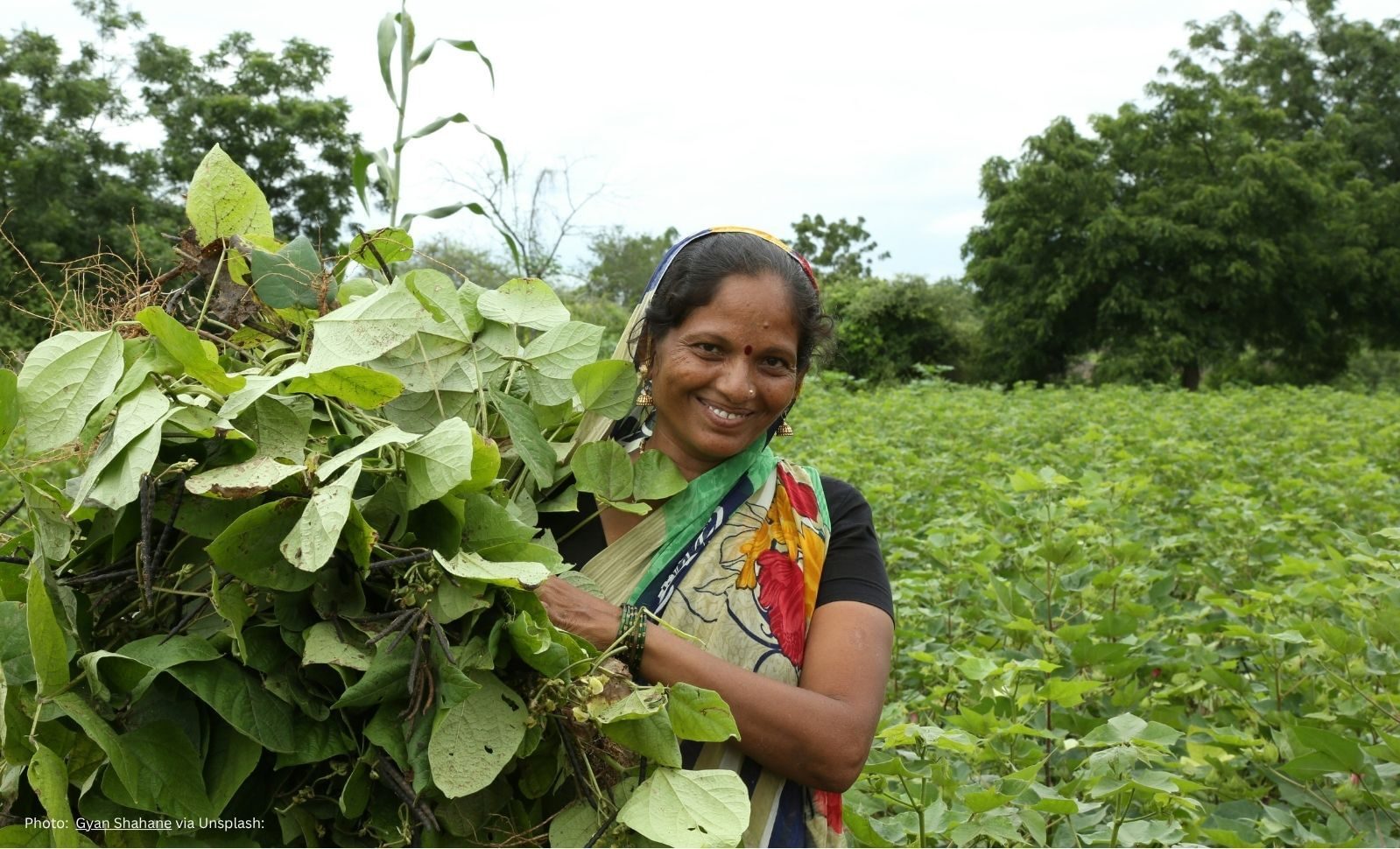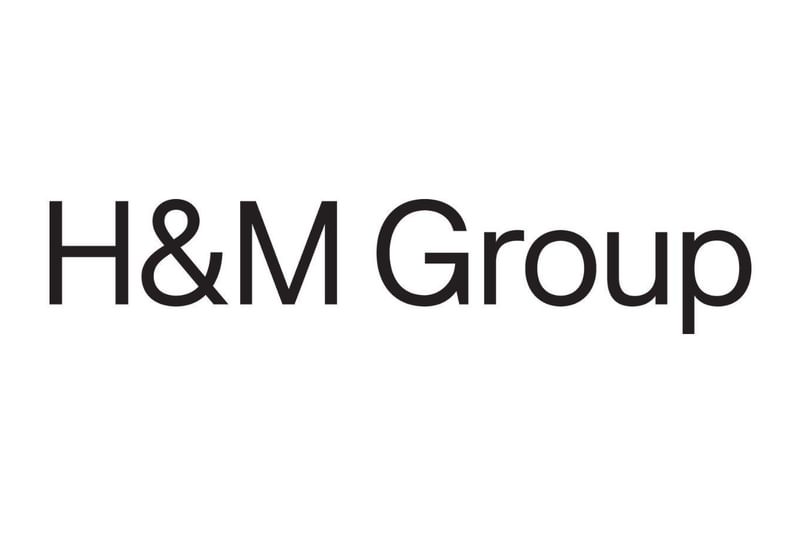
260+ Companies, One Climate Goal: Forest, Land and Agriculture Targets in Action
Jun 5th 2025
In just two years, more than 260 companies have set forest, land and agriculture (FLAG) science-based targets. This momentum signals a new era of corporate climate leadership rooted in land-sector transformation. In this blog, Stephen Mackenzie, FLAG Lead at the Science Based Targets initiative (SBTi), reflects on the progress to date, drawing on key insights from a new World Wildlife Fund (WWF-US) report that spotlights the first 100+ companies leading the charge.
As climate change continues to disrupt ecosystems, threatening food security, human well-being and economies worldwide, the FLAG sector is playing a critical role in net-zero transformation. More than 260 companies already have validated FLAG targets, including 149 inline with net-zero. The pace of FLAG target setting is accelerating, with the number of targets being validated each week doubling in 2025 compared to the previous year. This progress demonstrates that setting ambitious, science-based targets is not only feasible, but critical for companies committed to building robust, future-proof sustainability strategies. In doing so, they are also sending a strong signal to policymakers, market actors and consumers that businesses are actively preparing for a shift towards more sustainable production and consumption patterns, with significantly lower land related emissions.
Why FLAG targets matter more than ever
The FLAG sector is responsible for around 22% of global emissions, and is also uniquely vulnerable to the impacts of climate change. More frequent droughts, heatwaves and shifting growing seasons are threatening harvests and increasing volatility in food systems worldwide. Each year, climate-related disasters cost the agricultural sector around $123 billion dollars, equivalent to 5% of its total GDP. This translates to an average daily loss of 148 kcal of dietary energy for every person on the planet.
Consumers are also feeling the effects with climate-related price spikes impacting staples like olive oil and rice. While global prices for these and other goods are surging as extreme weather takes a toll on harvests, the number of dangerously hot days is expected to keep climbing. By 2030 heat stress could wipe out the equivalent to 80 million full-time jobs, imposing significant operational and economic costs for companies reliant on agricultural supply chains.
These growing threats highlight an underlying truth: land intensive companies face serious long-term exposure to climate impacts. Setting greenhouse gas emissions reduction targets and delivering credible transition plans is key to demonstrating climate leadership, building investor trust and customer confidence, and unlocking long-term growth. At the SBTi, we are committed to providing practical and robust science-based frameworks to help businesses to decarbonize. Early FLAG adopters are already proving that there are a range of tools and strategies available to cut land based emissions, and more companies are set to follow their lead.
What progress looks like
A new report by WWF-US, 'The First 100+ FLAG Targets', provides valuable insights into the early adopters of SBTi’s FLAG Guidance. The report reviews publicly disclosed information from 149 companies with validated FLAG targets by the end of 2024, providing an overview of their targets and their stated mitigation plans.
The report reveals that FLAG targets are being adopted by companies across every region and nearly every link in the value chain: From producers and processors, to retailers and global brands, including some of the world’s most influential food and agriculture businesses, demonstrating growing momentum to reduce emissions throughout complex, land-intensive supply chains. These companies span a wide range of sectors, including food and beverage, apparel and retail. Many are treating FLAG targets as an opportunity to refine broader climate strategies, with 60% of the analyzed companies also setting long-term FLAG targets.
Companies are not only finding success in target setting, but also in implementing these targets. Among those analyzed, 85% reported taking steps to reduce emissions from agriculture, often through regenerative farming practices. Similarly, 82% are tackling food loss and waste to reduce emissions across the supply chain. Three out of four companies have begun addressing land-use change and deforestation, while nearly half are exploring opportunities to shift toward more plant-based product portfolios.
These actions represent real, scalable climate solutions and show that FLAG targets are already translating into meaningful changes on the ground. Companies embracing this opportunity are reducing their carbon footprint, while helping build resilient, sustainable supply chains the world needs.
Tackling complexity and building solutions
Setting FLAG targets requires companies to navigate land-sector emissions accounting, an area historically seen as complex and underdeveloped. However, companies are stepping up. The WWF-US report found that 90 of 149 companies are pursuing both emissions reductions and enhanced land sector removals in parallel. The finalization of the Greenhouse Gas Protocol Land Sector and Removals Guidance will be key in helping companies continue to account for and report emissions and removals from land management, land use change and related activities.
The WWF-US report also underscores the challenge companies face in meeting the no-deforestation commitment required when setting a FLAG target. However, despite the challenges faced, many companies are making meaningful progress. At the time of the report’s development, 24 companies had already achieved and committed to maintaining no-deforestation, while 125 others had committed to meet this goal across their primary deforestation-linked commodities by the December 31, 2025 deadline. The devastating impacts of deforestation on economic, planetary and human health make this commitment critical. The SBTi is working closely with partners, including the Accountability Framework initiative (AFi) and the Science Based Targets Network (SBTN), to align on clear, credible expectations for achieving no-deforestation.
To continue supporting companies to decarbonize, the SBTi has developed new resources, updated existing ones and is actively revising others to strengthen implementation. This includes the FLAG Guidance in Brief, an entry point for companies. It also includes the revision of the timber and wood fiber pathway and the revision of the Corporate Net-Zero Standard. By combining scientific rigor with evolving best practice, the SBTi aims to help unlock FLAG target setting across more sectors.
The road ahead
The early adopters featured in WWF’s report are proving what is possible. They are embedding land-sector emissions into climate strategies, adopting regenerative practices and building stronger, more resilient supply chains.
In addition to the over 260 companies that have already set FLAG science-based targets, more than 1,000 others have committed to set one. As more companies begin their journey, SBTi’s goal remains clear: To enable them to deliver real, measurable emissions reductions from land-based activities, and play their part in combating the climate crisis.
The SBTi FLAG Guidance has provided a mechanism for land intensive companies to demonstrate commitment to ambitious climate action. To those that have already set targets and begun to take action, help us spread the word. Your leadership is setting the pace for the global transformation to net-zero. To those considering setting targets, we strongly encourage you to do so. The opportunity to lead on climate action is yours.
Read our FLAG Guidance to find out how you can join the growing number of companies setting FLAG science-based targets, and commit today. Together, we can shape a more resilient, sustainable and nature-positive future.



